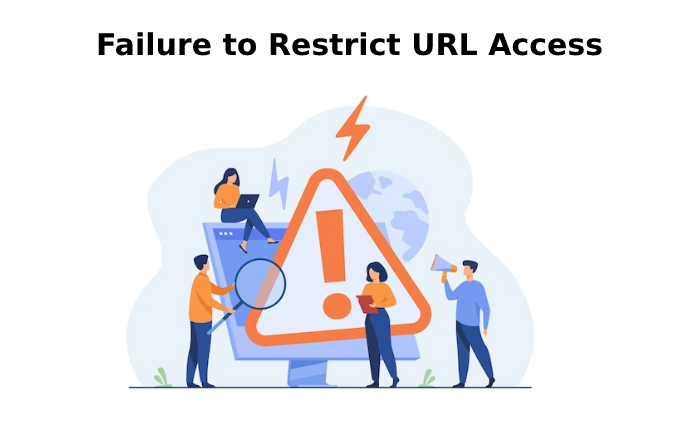Hacking is a term used to describe the process of gaining remote access to other computers, most commonly through the internet. Ethical hacking refers to the process of hacking with simply the intention of uncovering vulnerabilities that may exist and then reporting them in order to help protect against future incidents. This can be done by researching a vulnerability or by performing penetration testing.

Main Content:
- It is important for organizations, such as businesses and governmental entities, to understand that not all hackers are unethical – there are those who use their skills for good purposes.
- Ethical hackers take on roles such as network administrator or information assurance specialist, and they are vital in helping an organization stay secure against attacks from Cyber criminals or malicious insiders.
- Computer systems are becoming more and more complicated, so it is becoming increasingly essential to have ethical hacking professionals on your team to help prevent major network breaches and other such dangers.
- An example of a strong security measure is the principle of least privilege, which requires users to have access only to the information they need. This gives a greater level of protection against security breaches. An attacker requires more ‘privilege’ before they can gain access to restricted areas of a system, making it harder for them to infiltrate the system and make changes that could create further problems.
- In regard to ethical hacking, this means that those who should be able to see data or use an application should only ever be able to access information authorized for them.
The phrase ‘failure to restrict URL access’ appears in the ethical hacking glossary. The definition of failure to restrict URL access in Ethical hacking is “A type of mistake in which a user can access data in a system that they do not have permission to view, possibly resulting in data loss, fraud, or other violations of security policies”.
The Scenario:
Jack has been hired by a company as an ethical hacker. The company has provided him with a login and password, so he can test the strength of their systems and see if there are any security flaws that need fixing. He is allowed to access everything except for billing records, which he cannot access due to company policy. Jack creates a program that creates fields within the billing records and then submits them. He is, therefore, able to view all the company’s customer credit card numbers, much to his delight. This is not something he should have been able to do, but when the client told him not to go into the billing section, they also did not tell him specifically that he could not modify any data once he got there.
Drawbacks:
- The company can lose a lot of money if its customer’s credit card numbers are stolen.
- Any negative publicity surrounding the incident may affect the company to such an extent that they may suffer financially as a result.
- Any penalties imposed will be costly and could cause the loss of customers and staff, both of whom could be vital to the success of any organization.
- Professional hackers will use techniques like this without informing their employer in order to gain privileged status.
- They will use this in order to access areas of a network for which they should not have permission, possibly gaining full access to all parts of a system.
- The company may be at risk of breaching the laws that are put in place to protect people’s information, resulting in them being processed.
- This is why it is so important to make sure that these steps are taken correctly. If they are not, you could suffer many severe consequences and end up doing more damage than good.
Conclusion:
While in some situations people may use this in order to look at private information, it is significant to note that there are a lot of ways that this can be used by hackers that are not malicious. Most don’t intentionally look for ways to gain access without permission, but it is still a risky thing to do. In order to carry out ethical hacking tasks effectively, you will typically need to perform one or more of the following activities: penetration testing, vulnerability scanning, and web application testing.




